Iguazu was our last official stop on the travel itinerary, and one we had been looking forward to for a very long time. It is always difficult to manage expectations with a destination that has been long coming and often talked about, but Iguazu falls was nothing short of spectacular.
It started with a brilliant encounter as we walked off the 15-hr bus and into a random hostel reception - only to be greeted by two old-friends. Left us all a little speechless.
Our plan was to spend a long day at the falls checking it out.... good in theory but the elements didn't co-operate. Not only did we fall desperately short of time, incredible as that may sound for simply visiting a waterfall, but we also had a tremendous thunderstorm move in later in the day and leave us soaked. After 45 minutes literally running about trying to capture mental images of every sight while pausing to appreciate the monkeys playing in the trees above us and coatis roaming around, we woke up to ourselves and decided to return the next day to do the place more justice.
So glad we did - the weather was perfect; we rode the jet boat under the falls; walked the trails birding; walked out to the throat of the devil to marvel at the power and volume of the water; and in a fairytale finale we watched the sun set over the falls with a wonderfully vibrant rainbow setting the scene. And to top it all off a toucan with a bright orange bill chose to fly through the scene as a friendly gesture goodbye.
Butterflies, rainbows and toucans. Don't wake us up from this dream!
Although we already spent some time in the rainforest in Bolivia, we just hadn't had enough. So we sought out some more jungle adventures in Ecuador. Although there are many different rainforest regions in Ecuador one region in particular caught out interest, the Yasuni. There were two driving forces for our visit to the Yasuni, first that it is one of the most bio-diverse regions of the world and second that it may not exist much longer as the government is opening it up for oil exploration (link below).
The lodge we chose, Suni Eco Lodge is community run, so it is fully staffed and run by the Kichwa people. Our guide was extremely knowledgeable and when he wasn't identifying birds or monkeys by their calls or finding frogs where we just saw leaves, he was regaling us with stories of going out hunting with his dad and using a blow gun and spears, or the time he watched a jaguar catch a monkey and toy with it a bit before eating it. It was a wonderful and relaxing experience. We hiked during the day, we hiked at night, we slept in a tent in the middle of the jungle and appreciated how much live can be sustained by just one square foot of the jungle.
Click on the photo to see the captions.
News article talking about Oil Exploration in the Yasuni region -
http://ngm.nationalgeographic.com/2013/01/125-yasuni-national-park/wallace-text
Check out this video of the zombie ant fungus - http://www.youtube.com/watch?v=XuKjBIBBAL8
We had a spectacular time in the Galapagos! We treated ourselves to an 8 day cruise around some of the more difficult to access islands, Isabela and Fernandina. After the cruise we stayed a few more days to island hop because we just could not get enough of the amazing wildlife encounters and beautiful scenery. Words would not do justice to what we saw, so we did our best to filter through our hundreds of photos (no easy task) to give you a visual representation of our Galapagos experience.
Had somebody told us prior to arrival in the Galapagos that not only is the water frigid cold on the Equator, but that we would also eagerly anticipate every opportunity to submerse ourselves in it, we would have called them a liar!
During our cruise we typically had 2 opportunities each day to plunge into the water and glimse the world beneath the waves. Despite the wetsuits we would quickly find ourselves blue-lipped and shivering, yet always reluctant to emerge at the end of each session. Unfortunatley we did not bring an underwater camera, but 2 shipmates were friendly enough to give us their photos to share with you. Thanks Matt and Mia!
We had a magnificent time in general, multitudes of fish of all shapes, sizes and colors, and lots of sea turtles and sea lions. There were 4 snorkel expeditions in particular that stand out:
1) This was the best snorkel trip of our lives!
It started with 15 minutes of watching 3 adorable Galapagos penguins zip and turn in the water 3 feet below us as they fished. It was a real documentary moment to just float in the water as these little birds showed off their underwater dexterity and even caught a few fish. As we moved on we were treated to the sight of a flightless cormorant swimming around below us, also sharing in the success and devouring a fish. As we followed him around we came upon a turtle having a meal of algae, but we were quickly distracted by a couple of playful sea lions who swam up to check us out. Apparently we were not particularly interesting because they quickly left us to go harass a small Galapagos bullhead shark on the sea floor nearby! It sounds more like a childrens story than real life!!
2) Another memorable trip was snorkeling in the water with over 20 sea turtles and some 30-odd marine iguanas. We came to understand that this was not such a common sight, based on the reaction of our guide (a galapagos native), who got super-excited and grabbed someones underwater camera to snap some shots. The iguanas were amazing to watch in the water and were surprisingly bouyant. Dale had a particularly close encounter as one iguana literally swam right into his face-mask. Not sure how to interpret this possibly amorous act...
3) Sea Lions!!! On nearly every snorkel trip we were greeted and inspected by friendly sea lions. They would swim right towards us until uncomfortably close, then make a sudden and graceful turn just as we would be bracing for impact. If we dove down into the water they would swim over and check us out, while showing off with twists and spins. But one snorkel in particular stood out for Bek as she encountered 2 young sea lion pups. These two got closer than any of the other sea lions, mere inches from her face, thus inspiring a bit of fear in addition to awe. But it did not stop there. These little guys needed to investigate this strange human creature and began to chase her flippers and grab them in their mouths to tug at them. It was a good five minutes of play time as these sea lions took turns chewing on the fins and trying to detach them from her feet. Had big, scary momma sea lion not come along to put an end to the play, Bek may not have returned to the boat preferring instead to live and play with these little pups.
4) And to top things off we decided to spend one day deep underwater on a scuba dive. For this we were rewarded with a view of 30 galapagos sharks lazily swimming above and at times next to and below us. It was an exceptional experience
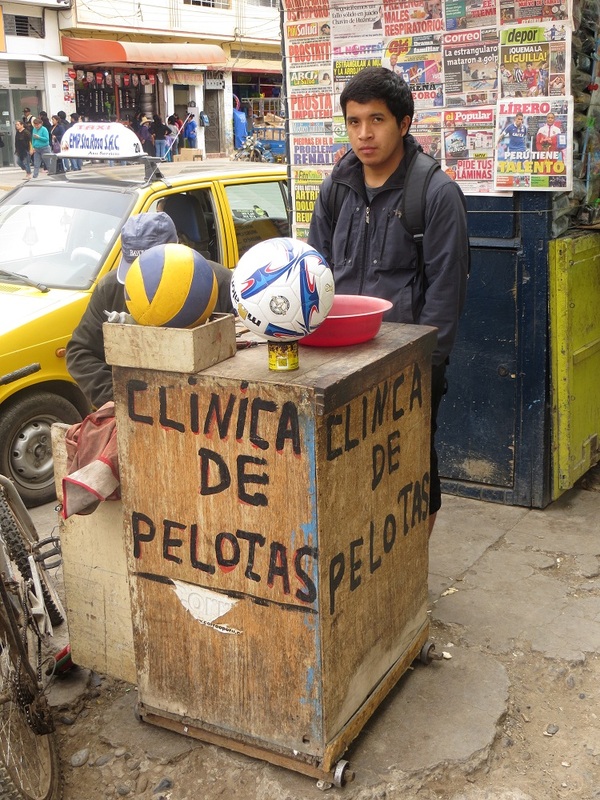 The first time we have seen this, an aspiring doctor? | 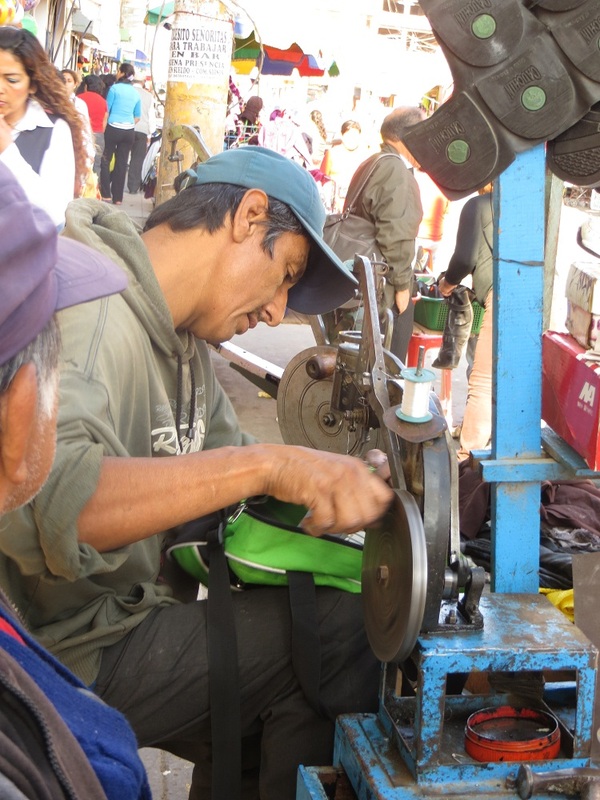 Yes he has to manually operate this sewing maching. Takes skill to operate the machine with one hand while holding seams together with the other. | 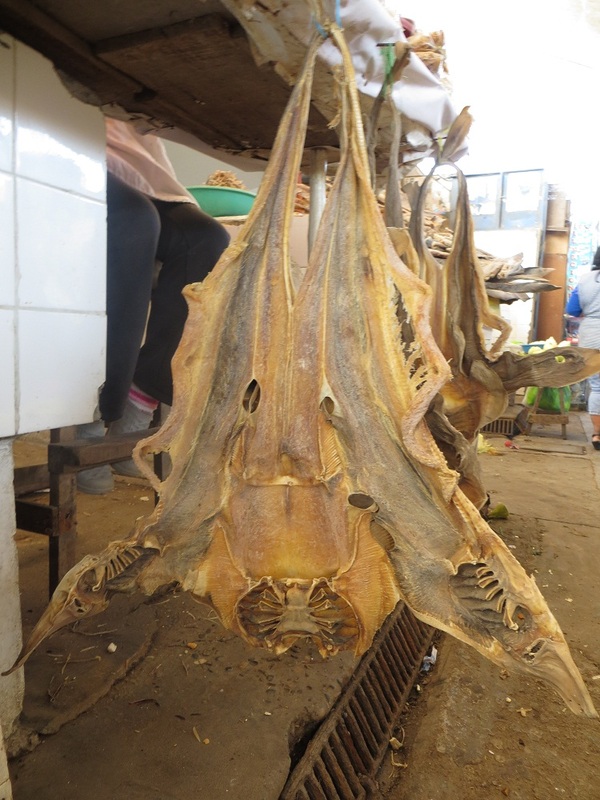 Stingray jerkey anyone? | We really love the markets in South America. Anything you could ever want all in one crazy chaotic scene. Recently we strolled through a market and bought some fruit to snack on, a new pen for journaling, some hair clips for Bek, and some herbs to make tea, as well as getting our travel-worn bag sewn back together. And all of this was accomplished within a square block of stalls.We thought we would share some of our favorite scenes from the most recent market we visited.
 A typical stall in the witchdoctor section of the market. Here's a fun challenge - can you find the Toucan beaks? How many armadillos can you spot? For our last few days in Peru we opted to find some sunshine and relaxation. And amazingly, in the north of Peru it isn't cloudy/foggy all day long. The catch, we are so white and unaccustomed to the strong equatorial sun that we had to limit our sunbasking time to one hour in the morning and one in the afternoon. So to pass the rest of the day we lounged in hammocks, tasted the Peruvian rum and played cards, a tough life we know. Perhaps the highlight of our days, a ride in our beached boat, drinks in hand, as we enjoyed the beautiful sunsets. A great way to end a bit of a rollercoaster of a journey through Peru.
Or
"When it rains, it ruins..."
We found ourselves quite dazed as we stumbling out of our overnight bus & hoist our backpacks for the umpteenth time in an unfamiliar town. Blinking in the harsh desert sunlight we look around trying to take account of our surroundings. This town went by the name of "Huanchaco". Never heard of it? Neither had we...
An entirely pleasant seaside town populated by just the right ratio of tourists to locals for it to retain some of its fishing village roots, while providing some level of comfort for our road-weathered souls. The coastal fog that had plagued us the entire length of the Peruvian coast was, unfortunately, still swirling about us. But we discovered that a few brief but brilliant hours of sunlight bathed the town in the late afternoon - just enough to satiate our pasty whiteness. We easily fell into a rhythm of morning tours and afternoon strolls, followed by sunset drinks overlooking the pier and watching the locals expertly negotiate the surf in their traditional reed fishing boats. Just a dozen kilometers inland is the substantially-sized city of Trujillo, with a tranquil colonial-style plaza providing safe haven from the carnivorous mototaxis that prowl the surrounding streets in search of their next fare. The region is known for its pre-Colombian ruins, buried for centuries by sand, with brilliant discoveries being made every few years, to the point that our Lonely Planet 2007 Ed. was almost ridicuously out-of-date.
The archaeological sites we visited were from different cultures ranging from a couple thousand years BC to about 1500AD. Many have been decimated by century after century of water erosion wrought by El Nino, bringing at times devastating floods to this otherwise arid desert area. From a tourist perspective this often left us looking at unimpressive mounds of soil, albiet many dozens of feet high and likely hiding untold treasures.
The museums at each site showcased an outstanding range of artwork from each culture; pottery, gold and silver jewellry, copper weapons. No photography was allowed making it difficult to convey the enjoyment we derived from seeing said artwork.
 Not a natural hill, ruins of a religious site | 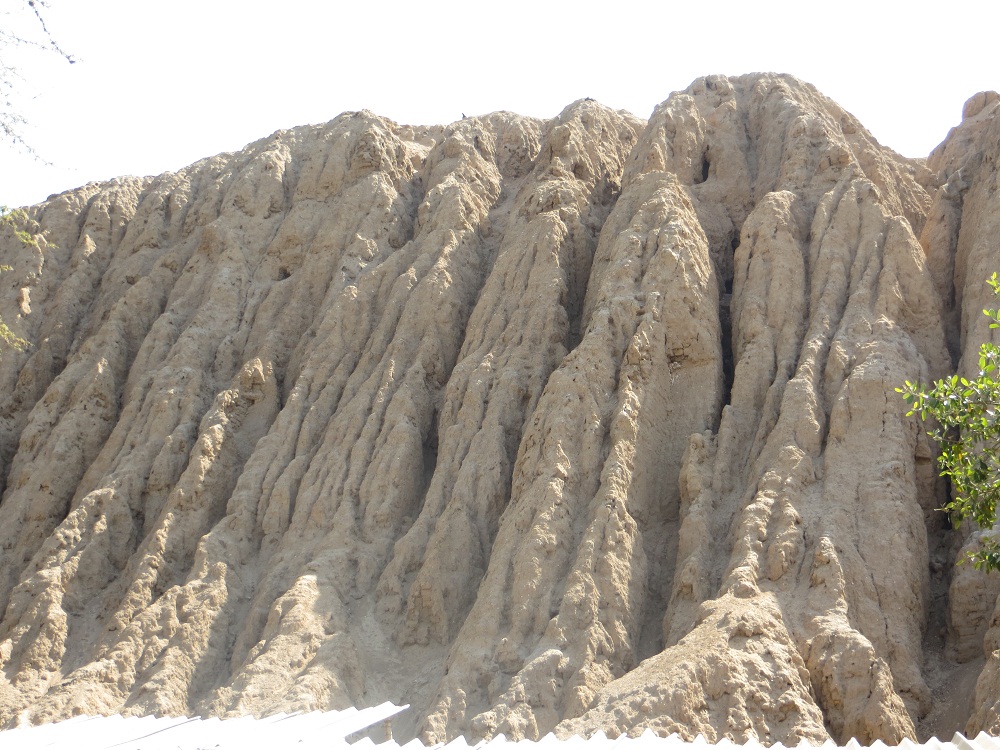 What was once a pyramid | Chan-Chan (Chimu culture) - The largest pre-Colombian city in South America covering some 20 sqkm and an estimated population of 30, 000. Only one complex within the city has been partially restored, the rest really is just mounds of soil with occasional walls still standing. But consider that the complex was surrounded by 50-60ft walls, with interior walls containing many hundreds of intricately carved patterns of fish, birds & mammals, realistic and geometric (think old-style atari computer games). 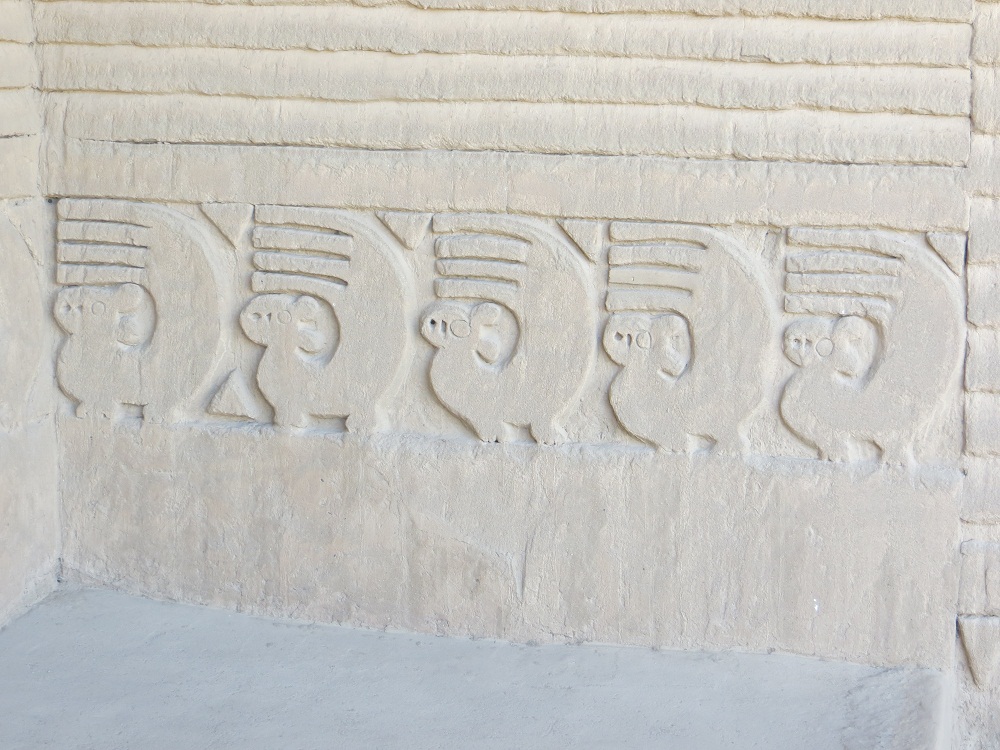 Squirrles 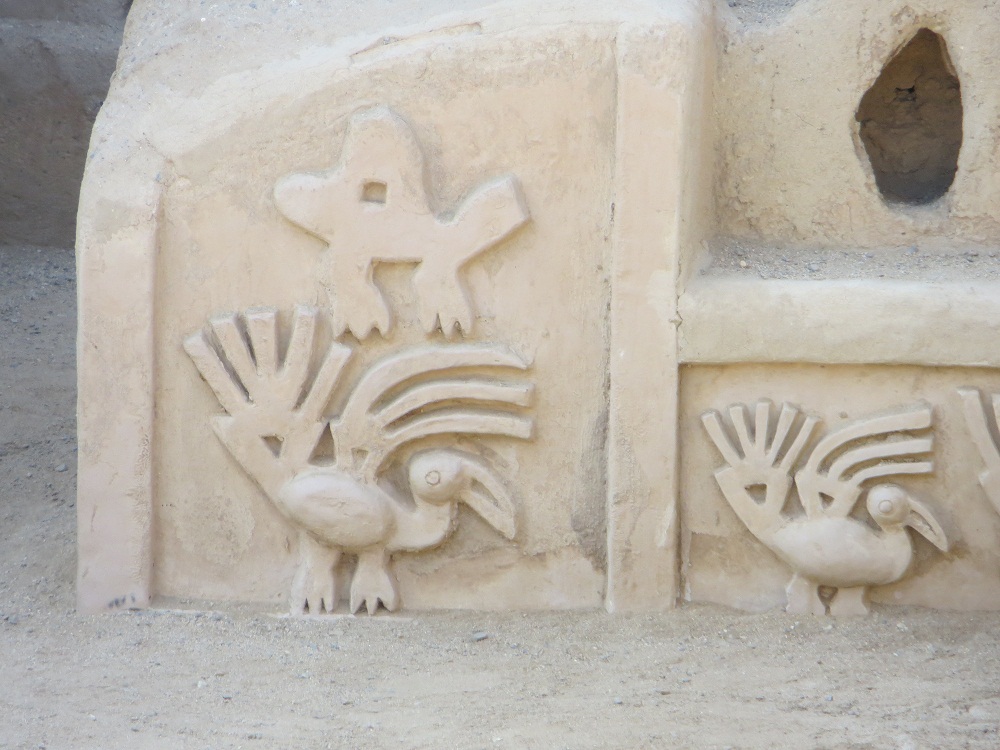 Sea bird | 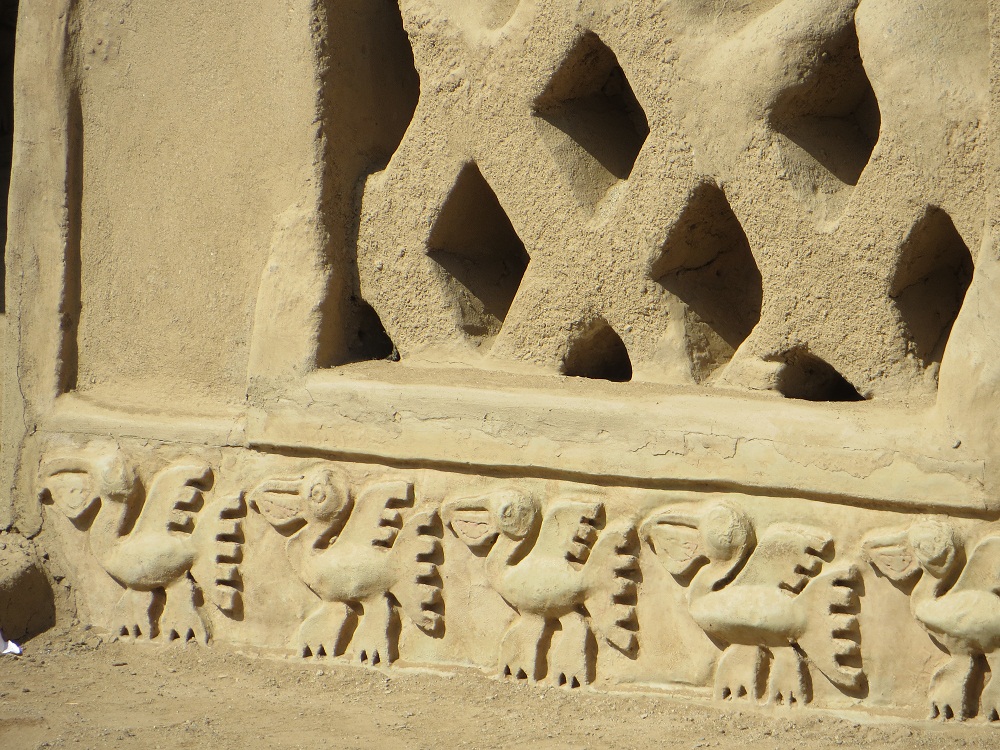 Pelicans 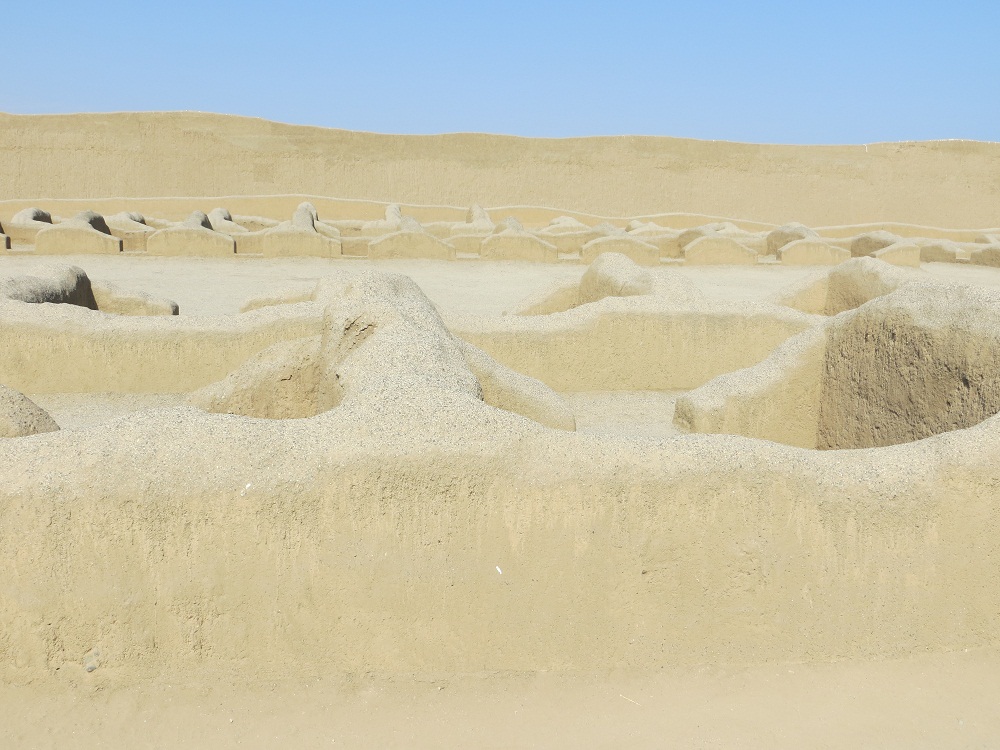 Food storage |  Whats left of an important 'tax collection' complex 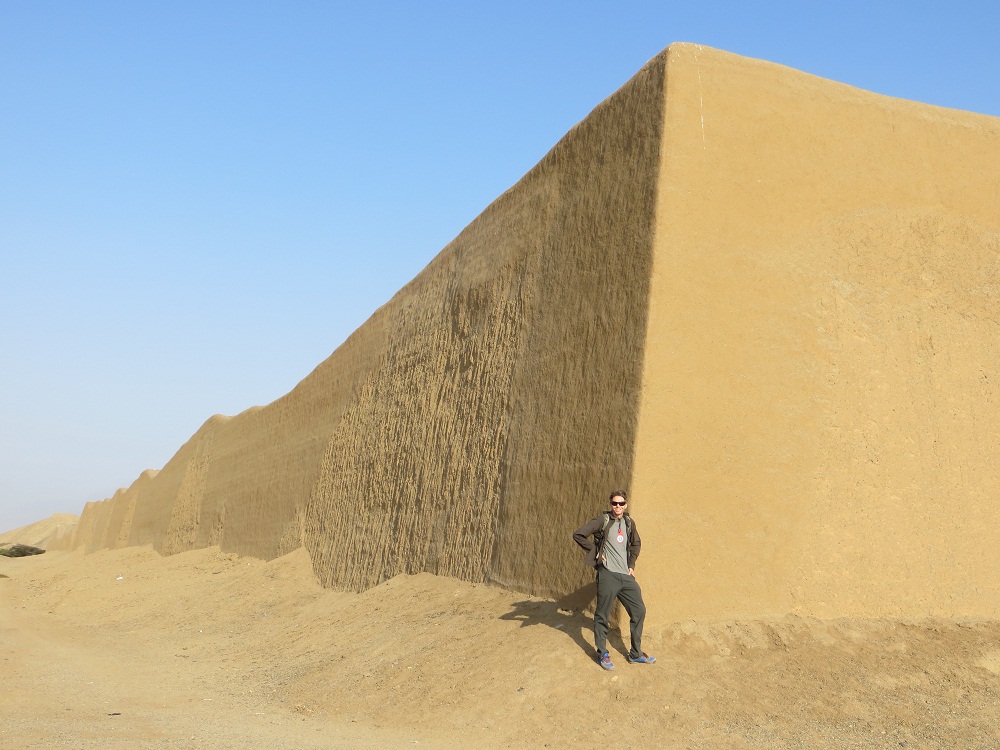 Big Walls, amazing they are still standing hundreds of years later | Huacas del Sol y Luna (Moche culture) - Two temples consisting of millions of adobe bricks and built distinct phases, each new phase built atop the previous level. This resulted in a boon for archaelogoists, preserving amazing multicolored murals. But also an interesting quandry - how to investigate new levels without destroying the outer shell.
Sipan (Moche Culture) - This site was made famous by the discovery of a mummy - the 'Lord of Sipan' - in a grave untouched by thieves and filled with treasure, evidently left there to assist the old chap with his transition into the afterlife.
El Brujo (Moche) - Discovered only recently, the 'Señora de Cao' could be described as South America's answer to Cleopatra. Judging by the elaborateness of her burial, this lady was evidently of the highest rank.
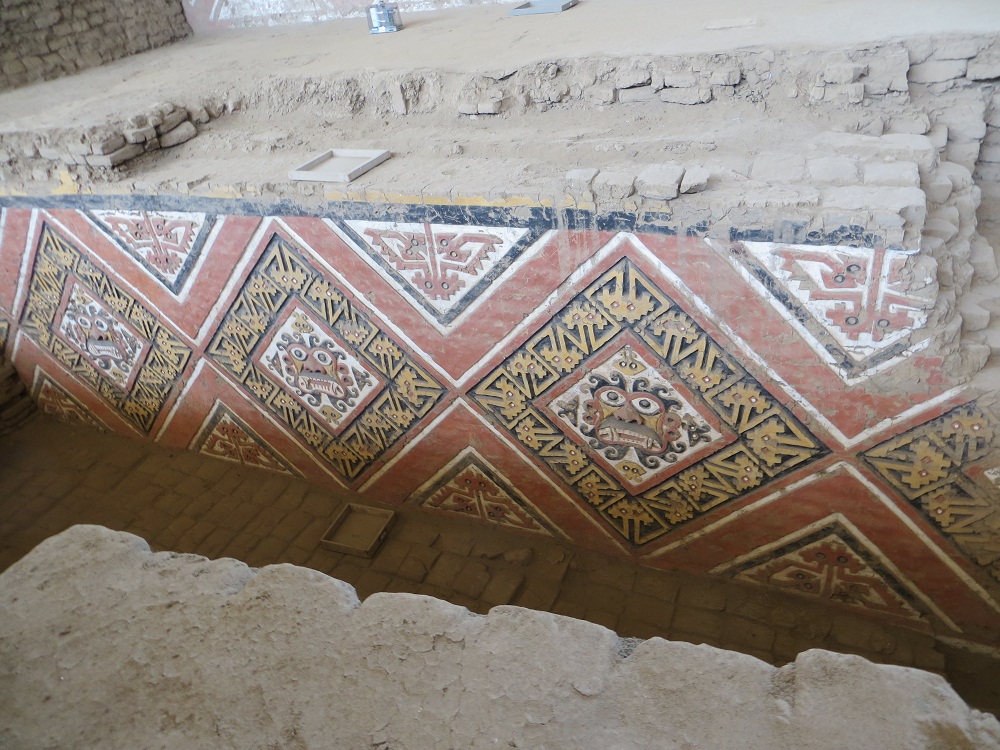 This mural was repeated through many of the areas of the Huaca  Representation of a half-man, half-spider god. 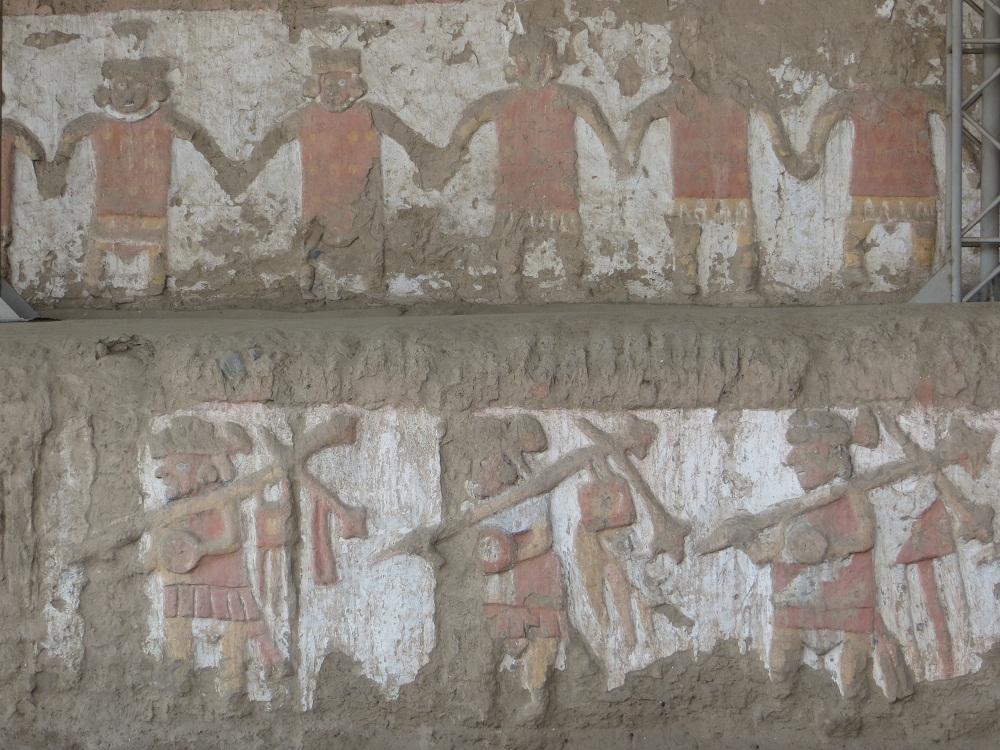 A small section of a huge facade priests on the top level, warriors on the bottom | 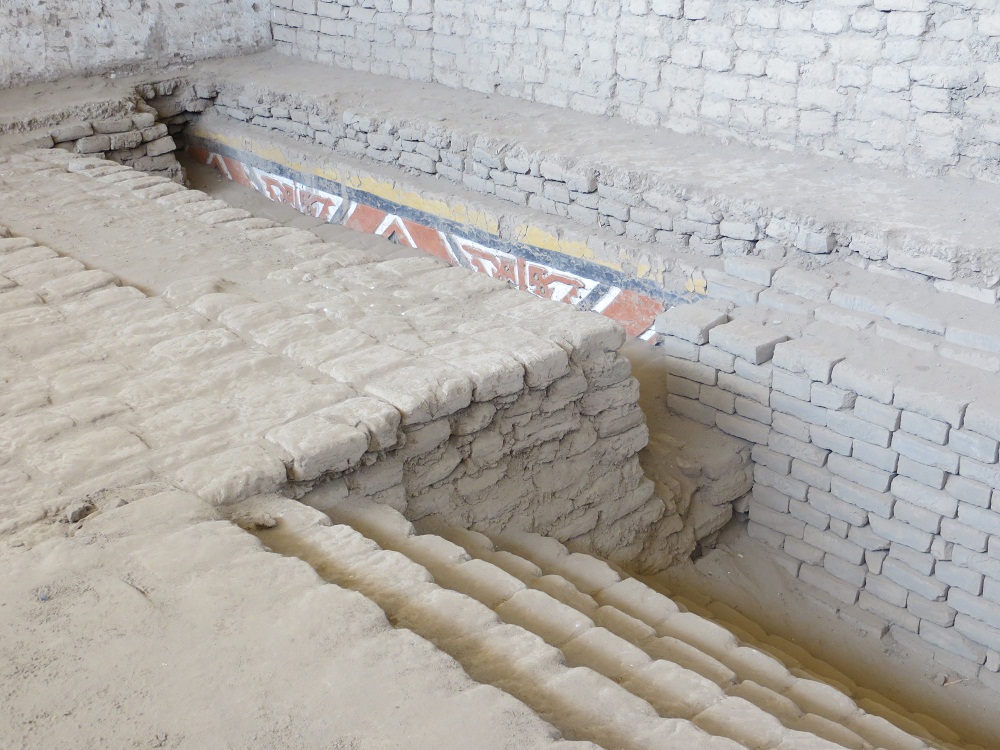 You can see where they filled in with bricks to create a platform for the new structure on top of the old 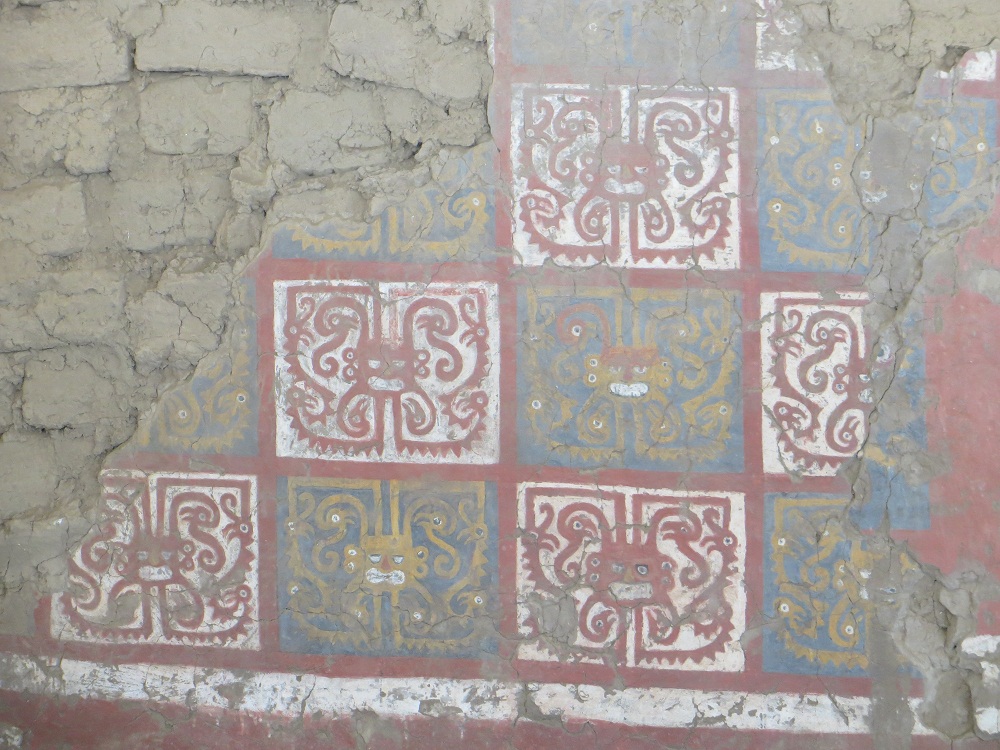 As discovered, not restored!!  Complex mural they are still working to understand | 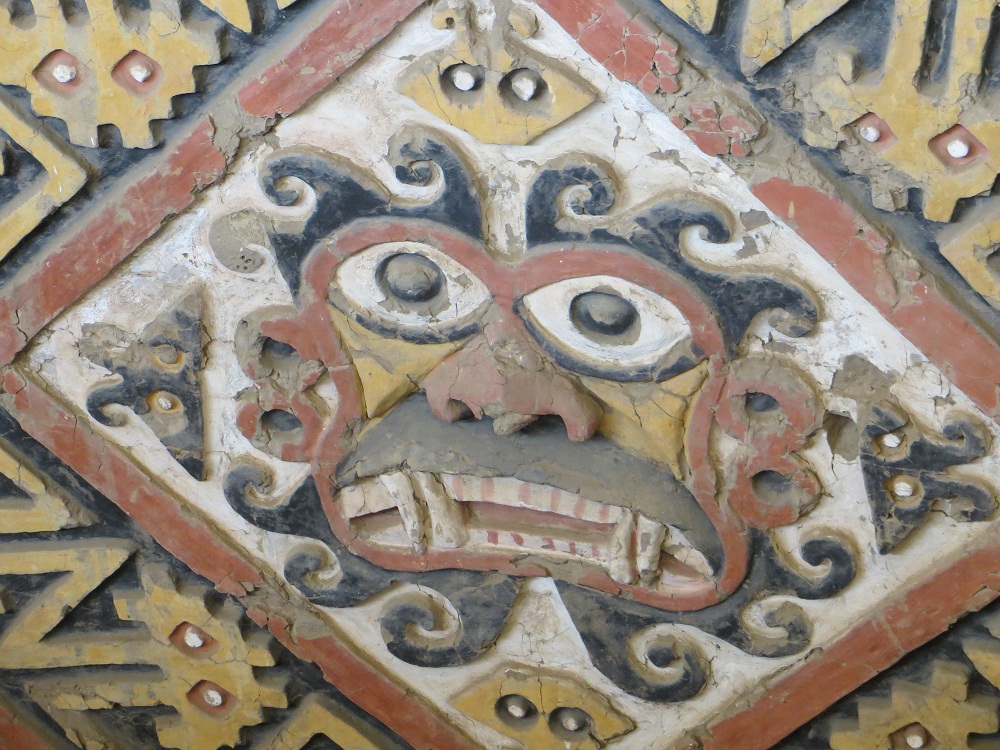 The representation of their god  Excavation in progress  The outside of the pyramid, absolutely stunning and hundreds of years old! The missing bit in the center is from where the graverobbers broke in. | 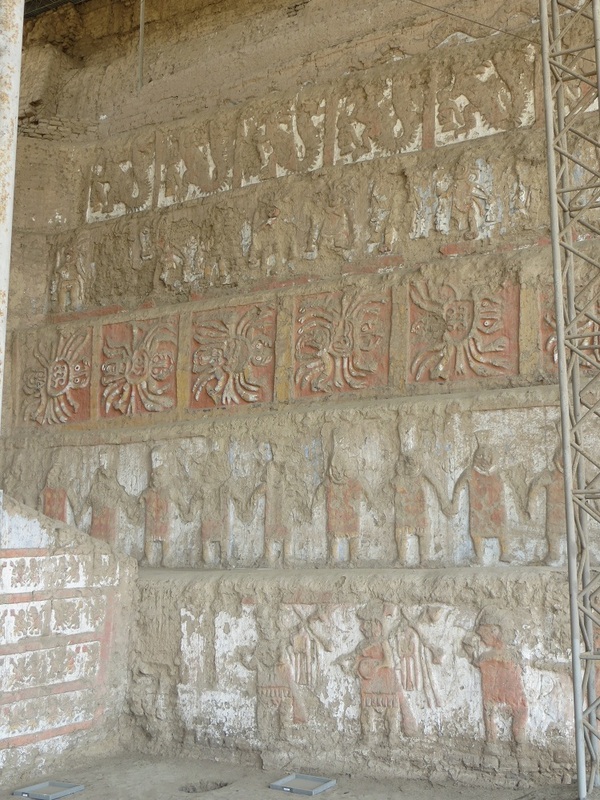 Each decorated level is about 10 feet high. How impressive would this have been hundreds of years ago! There are 2 or 3 layers that were destroyed/eroded away on top of what you can see.
| After our stint in the hospital in Cusco we found ourselves to be in a bit of a travel funk.
We didn't have the energy or desire to see any more of Cusco. Our next destinations, Arequipa and the Colca Canyon, were no longer a sensible option since we knew that Bek couldn't handle any trekking. So we decided to head to the coast for some rest and recovery.
We spent 2 days in Lima and it was all we could do to manage a walk around the historic part of town one afternoon. The constantly grey skies that plague this region in the winter seemed to match our moods. We should have known better, we rarely enjoy visiting a city!
So we headed south to Ica for a bit more tourism. Trip one, a boat ride out to Las Islas Ballestas. This was absolutely amazing, millions of birds of all different types everywhere, including Humboldt penguins, as well as some lazy looking sea lions. Unfortunately we were crammed into a boat with 40 people and only had 45 quick minutes to appreciate it all. Not quite the style we prefer, we could have easily spent a few hours out there!
Trip 2 was out to the amazing sand dunes and oasis of Huacachina. Neither of us had ever visited a place that was all sand and it was really beautiful. It was particularly stunning to see a watery green oasis amidst all the sand. We enjoyed a thrilling ride among the dunes in a dune buggy and a bit of sand boarding at sunset.
But despite these great activities we just weren't feeling it. I know this sounds quite whiny but just trying to be honest. We were particulary put off by just how touristy everything was. Until now we have been fairly fortunate to be able to stay away from the big groups of tourists and to keep off the well beaten path. But here in Southern Peru it is much more difficult, they don´t call it the ¨Gringo trail¨ for nothing!
So back to Lima for a quick stopover and to enjoy the colorful water-fountain park - good clean fun! And then to shake things up we headed to the mountains hoping that would be the key to lifting our moods. Again, what were we thinking?!
Bek is still recovering from typhoid and her other ailments and we decide to go to a town at 3,500 meters to go hiking! We did one day trip, without packs to visit a glacier at 5,050 meters (16,665 ft; Mt. Whitney is only at 14,505 ft.) and we were flat out trying to walk 2 km (1 mile). So we figured our desired 4 day trek at elevation was not in the cards. It was great to be up in the mountains, see some crazy plants related to the pineapple, and watch a storm move through the mountains, covering everything in a coat of white. It was tough to walk away from, but we knew in our current state that we could not do them justice.
Instead we decided to search for some warmth, sunshine, and relaxation along Peru's northern coast.
Thankfully our moods have risen with the temperature as we creep ever closer to the equator, and we are back to our normal happy and explorative selves :)
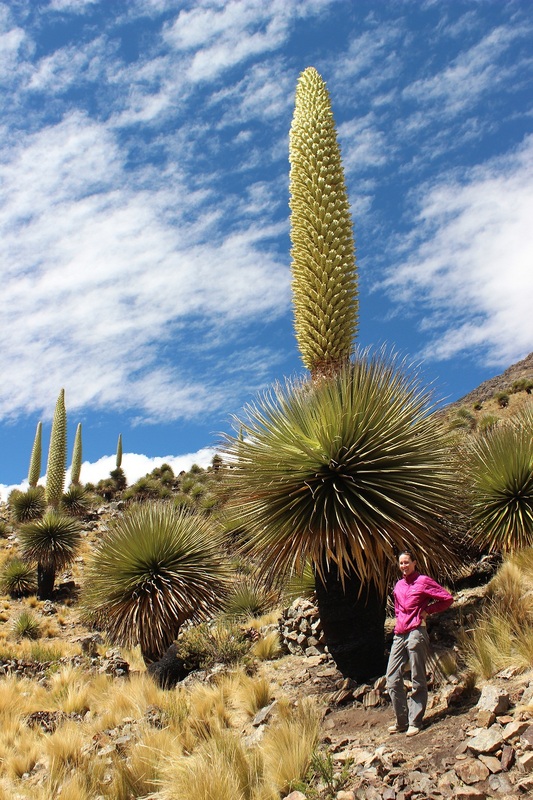
A relative of the pineapple plant
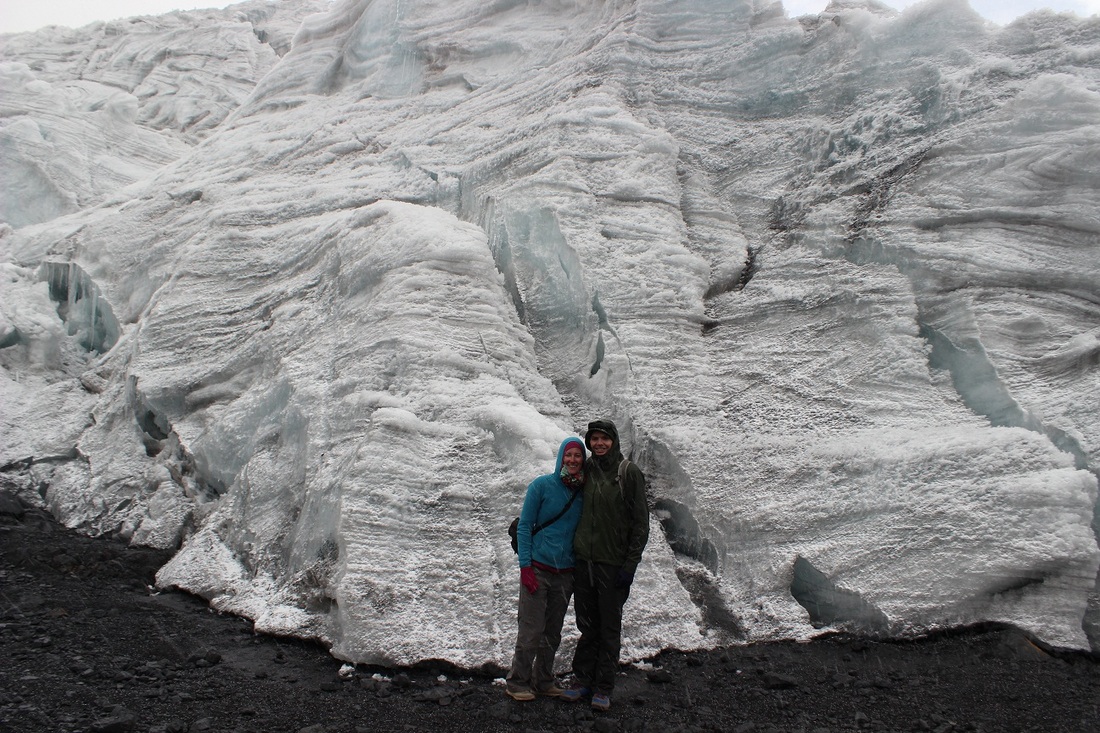
Ice and snow, we have had a lot of that on this trip
|

Plaza de Armas, Lima

Humboldt penguin

Yes please! Las Islas Ballestas
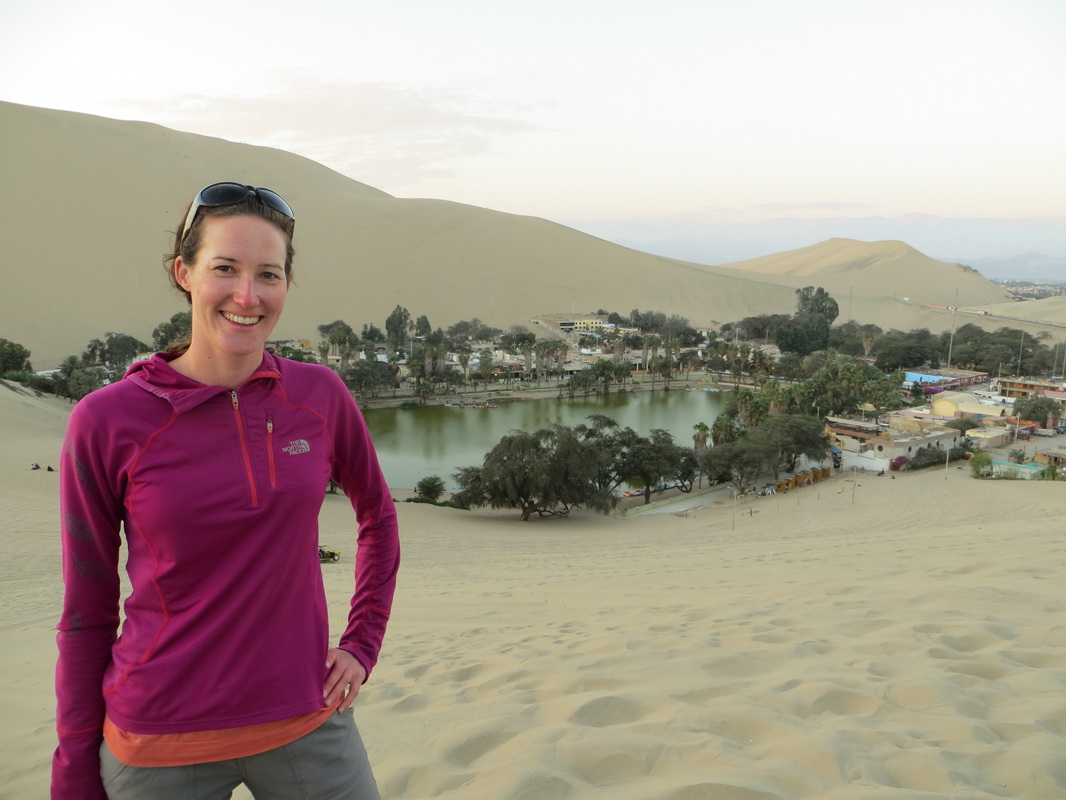
A real desert oasis
|
 We fully intended to go to some churches and museums in Cusco. This wasn´t going to be another of those cities that we spent a week in without seeing the cultural sights. Well the fates were against us this time. We did spend a week in Cusco and only went to one church and museum :( Bek had been complaining of a pain in her esophagus for a while and then after a miserable day with a fever and an inability to eat due to pain we decided to call a doctor. One thing cascaded into another and before we knew it Bek was in the hospital on IV meds!!! A blood test had revealed that Bek had an infection of Typhoid that was off the charts!!! The following day an endoscopy revealed a pretty big ulcer in her esophagus. Add to that a common cold and Bek was in a right miserable state... So 2 days in the hospital and a few more days in a hotel recovering and Bek could start to eat soft foods and walk around. Thankfully recovery has been steady and Bek is looking and feeling much better (a loss of 10 to 15 lbs leads to a nice bikini body :). But needless to say we were ready to get out of Cusco! We will leave the churches and museums to all the other tourists. The hospital stay did give us a good opportunity to evaluate the Peruvian hospital system. Here are a few observations:- Gloves were not as commonly used as one would hope. But Bek´s nurses did use them on occasion, to tie around her arm in order to get a vein for the blood draw and IV but not on their own hands as they worked!
- The only people wearing gloves - the women who came around twice a day to clean the trash and make the beds.
- They are not interested in propagating the spread of superviruses, so no alcohol/hand sanitizer stations.
- They don´t make you wear embarassing clothing, you can wear whatever clothes you came there in.
- And they welcome guests! Dale had his own bed in the room, which he would later actually need when he too came down with some nasty bugs.
It was an overall memorable experience and one that we hope to never repeat.
With eager anticipation we arrived in Cusco, Peru. Where Titicaca is considered the birthplace of the Inkan empire, Cusco is considered the navel, the centre about which the empire developed. Although there are a plethora of sites in Cusco and about the Sacred Valley, we were most focused on just one - Machu Picchu. Many a documentary have we watched about this site, and as for many... nay every tourist in South America, much of our trip planning was based around seeing this most-famous of places.
But how to see it in style? What better approach than to trek for 5 days through the mountains much as the Inkans would have done themselves, following ancient paths etched high into the sides of the mountains.
The Salkantay trek is well-known and well-regarded for its beauty and contrast, with no two days spent in the same ecosystem. What we hadn´t heard mention of was just how physically challenging it would be. We expected to struggle at 4600m (15000ft) on Day Two after spending a frigid night camped out in a valley in the shadow of Salkantay Mountain (6271m or 20573ft); what caught us by suprise was the 8-10 hours of hiking each of the following days. Thankfully the scenery more-than distracted us from the drudgery. Cloud forests with hummingbirds and the Peruvian Cock-of-the-Rock (with a name like this you know it is an interesting character, look it up); rivulets turning to streams turning to a river carving through the Andes; a pleasantly welcome hot spring at the end of Day Three; Day Four consisted of a gentle stroll up a mountain gaining some 800m of elevation and descending over 1000m, but with a cracking view from the top of Machu Picchu on a plateau opposite; and finally Day Five - the ruins themselves.
After countless hours of hiking and many miles covered, we took the easy way out and caught a bus to the ruins. Of course this still entailed waking up at 4am to be in line for the first bus departing 5:30am. A few hours of strolling the ruins, a heart-pounding climb up Machu Picchu mountain with an equally heart-pounding view from the top; and now totally wiped out, another stroll around the ruins. It was all we could do to keep our eyes open on the bus down, let alone the train-bus combo that delivered us to Cusco.
We were not sure what to expect when we got to Machu Picchu. With such a large reputation and so much hype we did not expect to be as amazed as everyone suggested we would be. Thankfully Machu Picchu exceeded to its reputation! It was stunning not just for the amazingly crafted ruins but also for the beautiful setting, up on the saddle of a mountain, but still surrounded by dozens of much taller peaks. Could not imagine a better place to spend out 4th wedding anniversary (well played Dale)! It is well worth the journey to get there, so if it is on your list of things to see, make it happen!
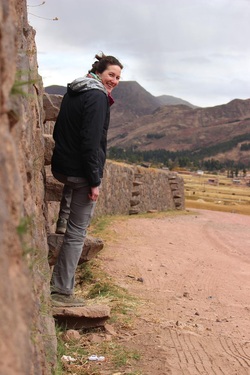 Lake Titicaca, nestled amongst the Cordilleras at some 3800m (12,500ft) above sea level in the altiplanos of the Andes Mountain Range, can only be described as distinct. Its claim to fame is that it is the highest ´navitagable´ lake on Earth, and if you were to ask an Inkan, the birthplace of the world.
We have been blessed with the opportunity to travel to quite a few destinations over the years, and we constantly find ourselves comparing our latest vista with that of other places. Lake Titicaca is such a unique mix of ancient and modern culture; geographical extremes yet tranquil ambience; happiness and hardship; that it defies categorizing as `such-and-such a place`.
We only spent a week on its shores, at the most touristy of sites; on the Bolivian side at Copacabana and the Isla Del Sol; the Peruvian side at Puno and the Floating Islands; yet we still felt off-the-beaten track and witness to a spectacular and exotic way of living.
I could wax poetical all day and yet not convey anything of substance that could describe being here.
Perhaps the best course of action would be to recommend that you the reader investigate for yourself;
books; documentries; or better yet a few days walking its shoreline.
|

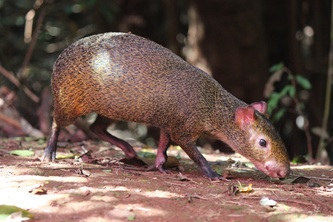
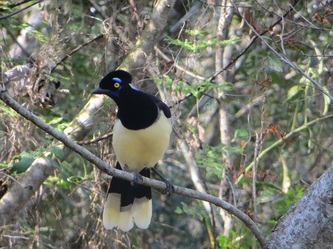
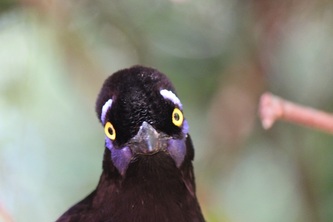
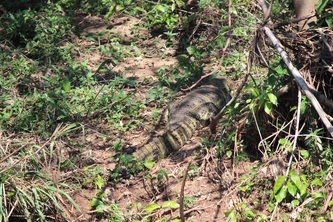
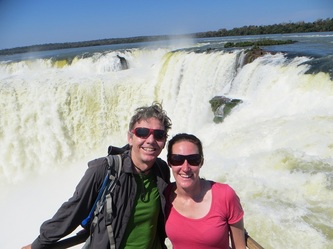

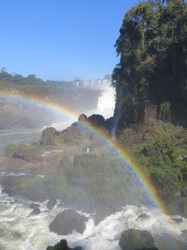


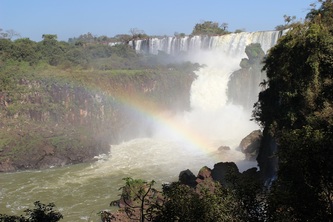
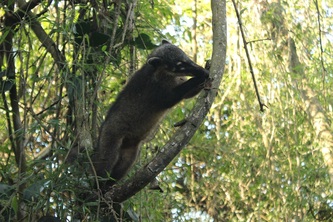
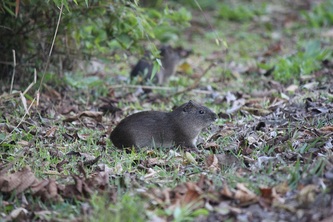

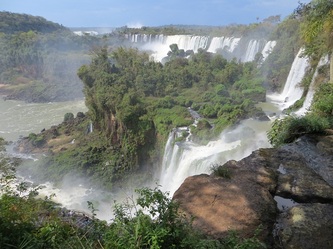
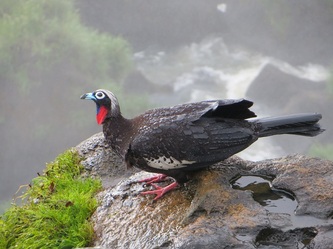

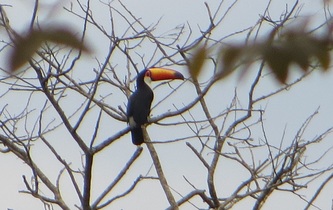


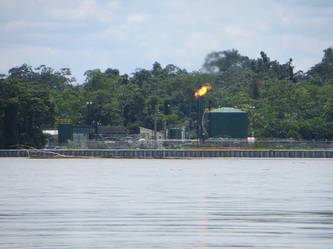
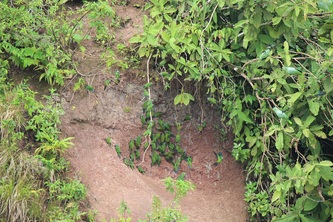
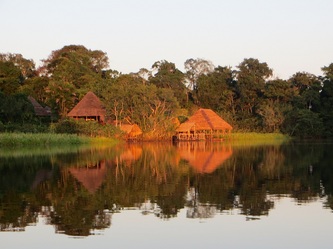
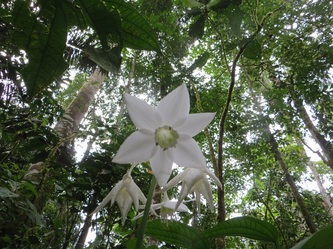
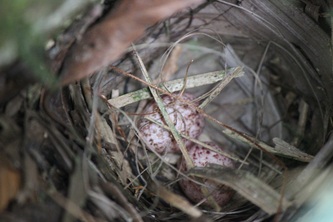

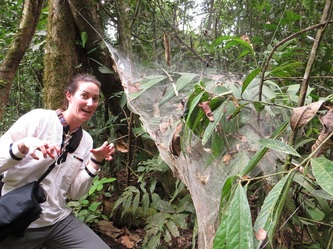
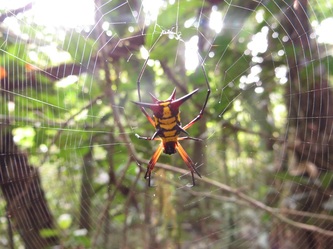
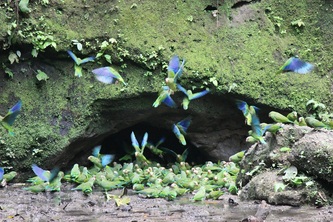
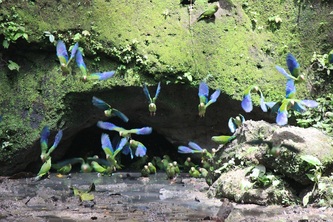
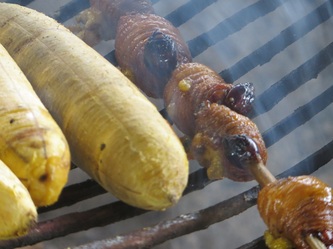





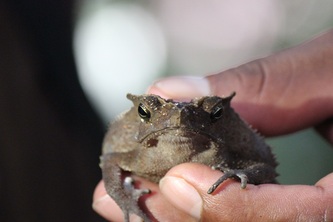
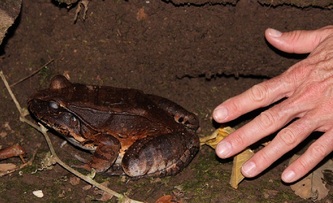
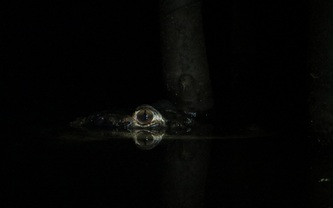

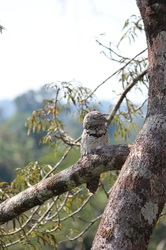
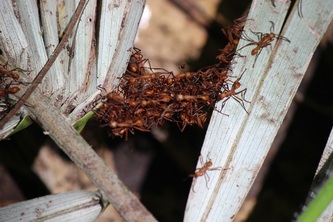

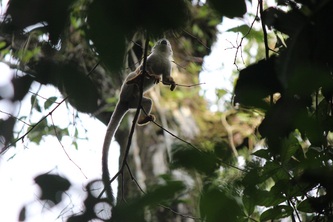
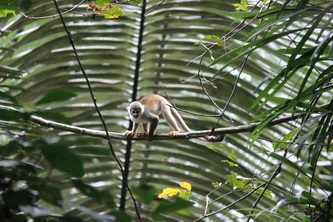
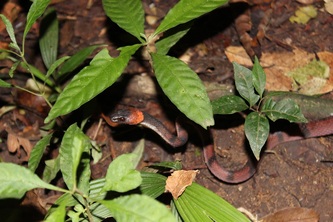
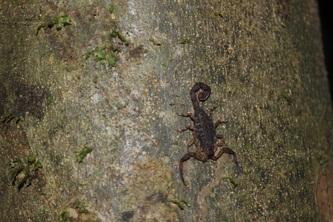
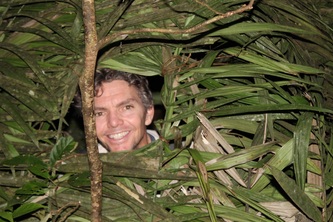
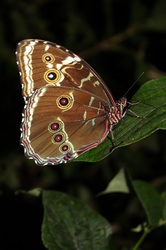


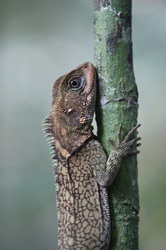
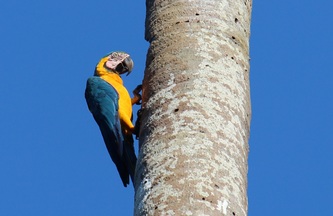
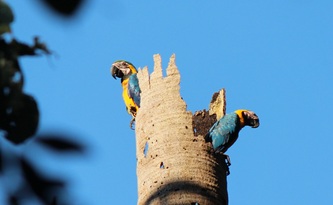
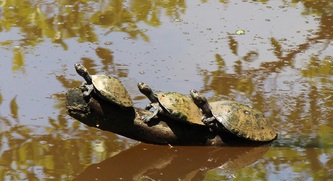

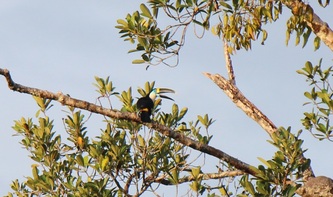
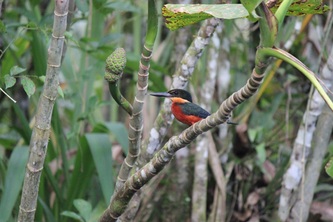
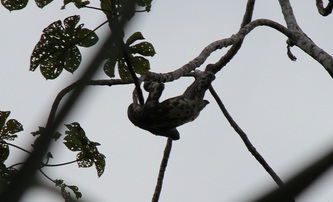

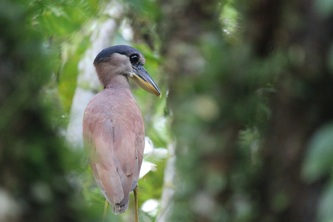
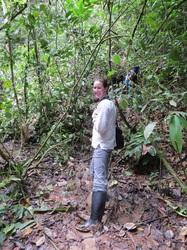




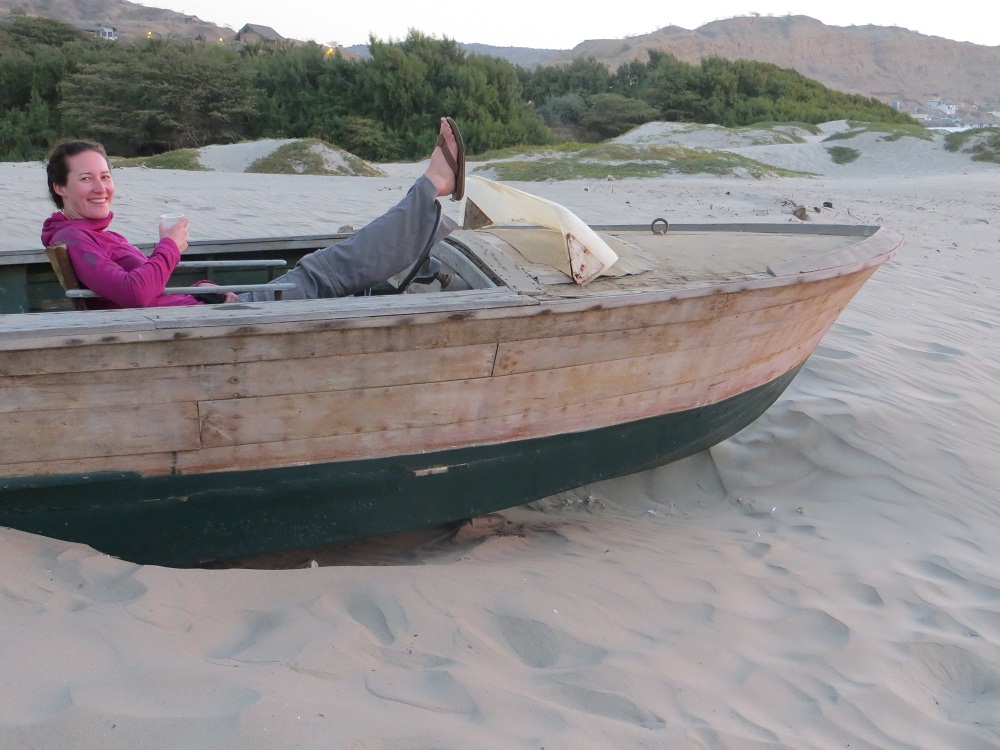
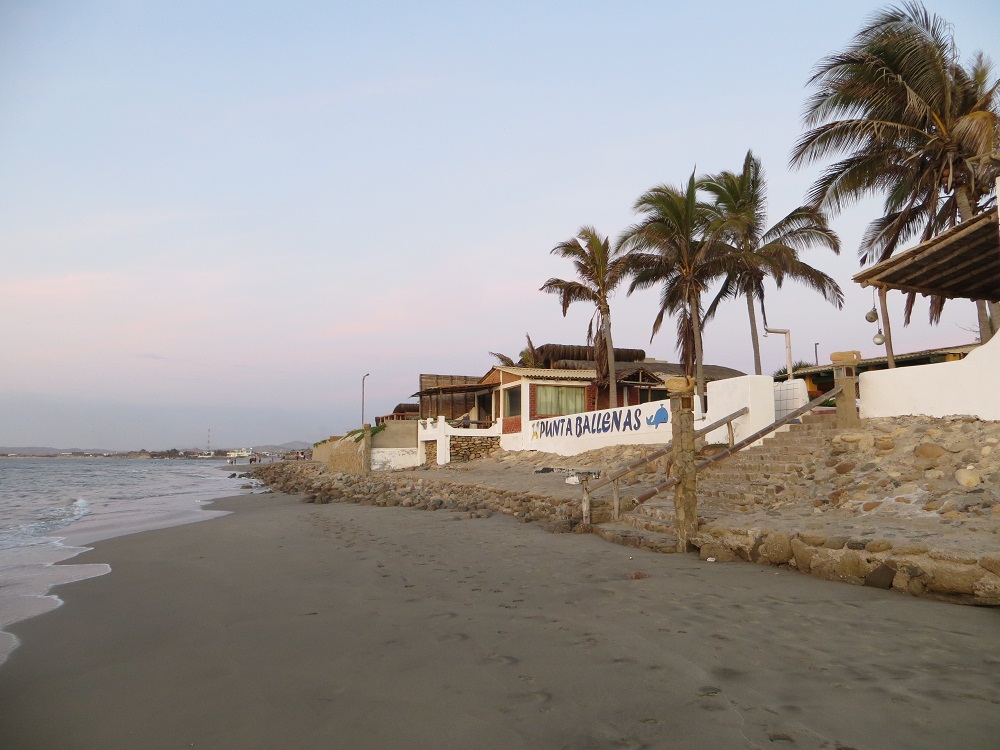
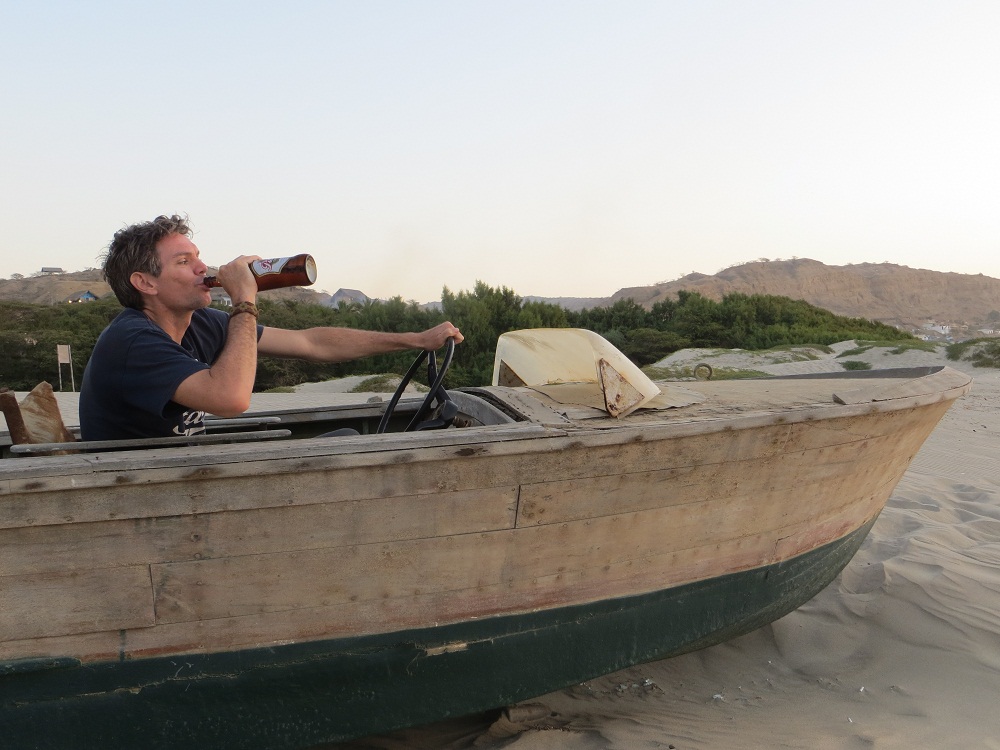
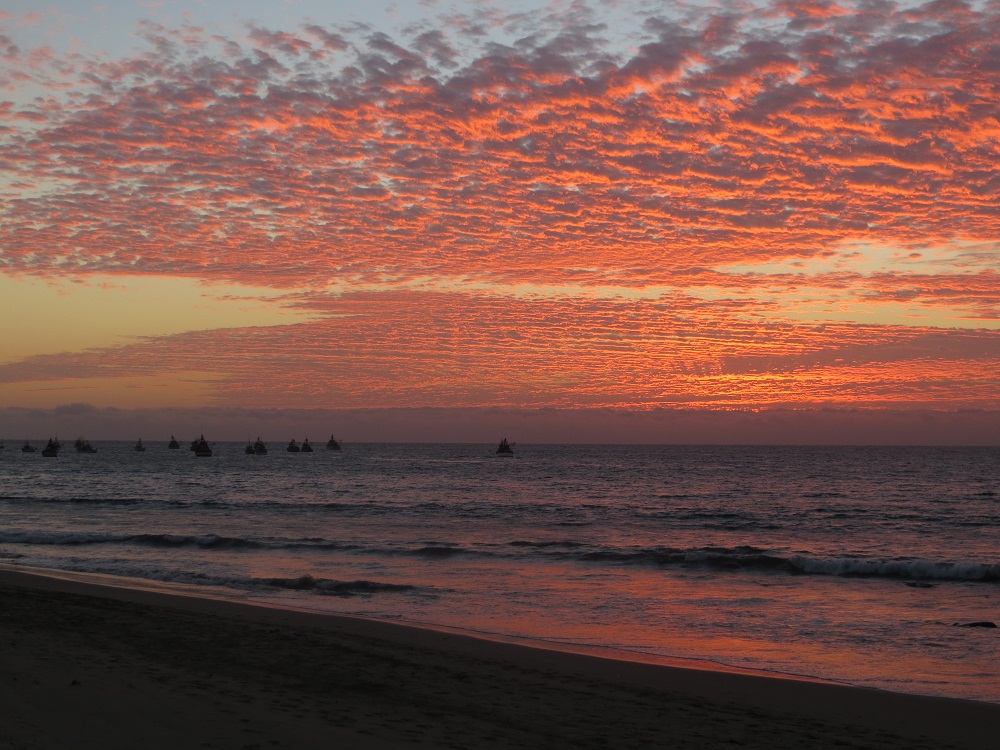

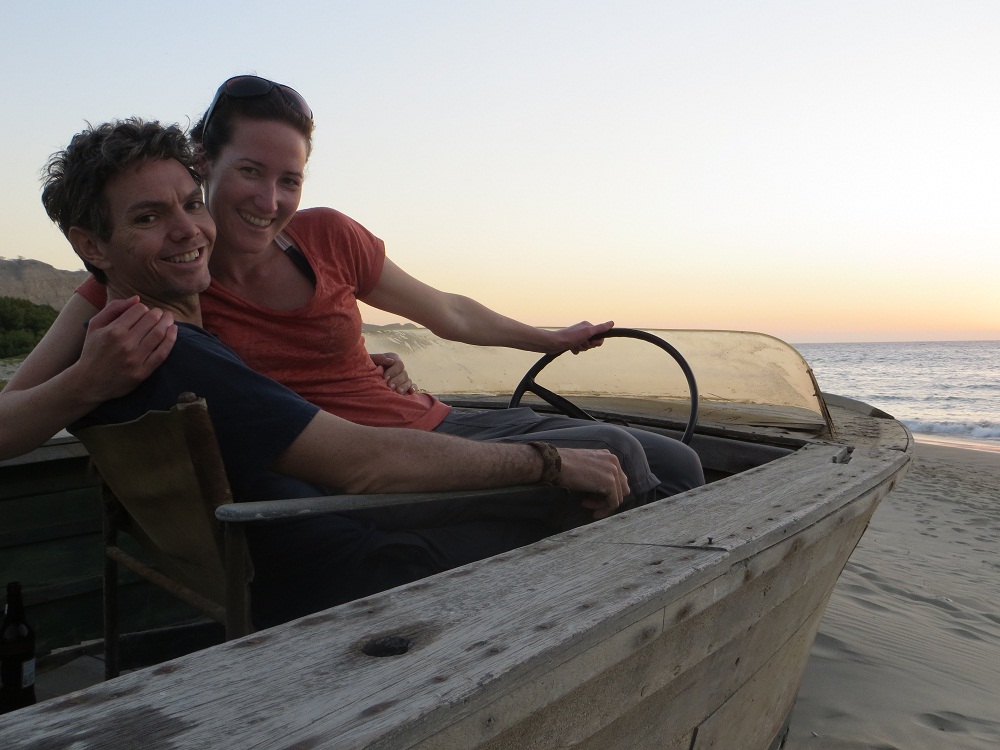































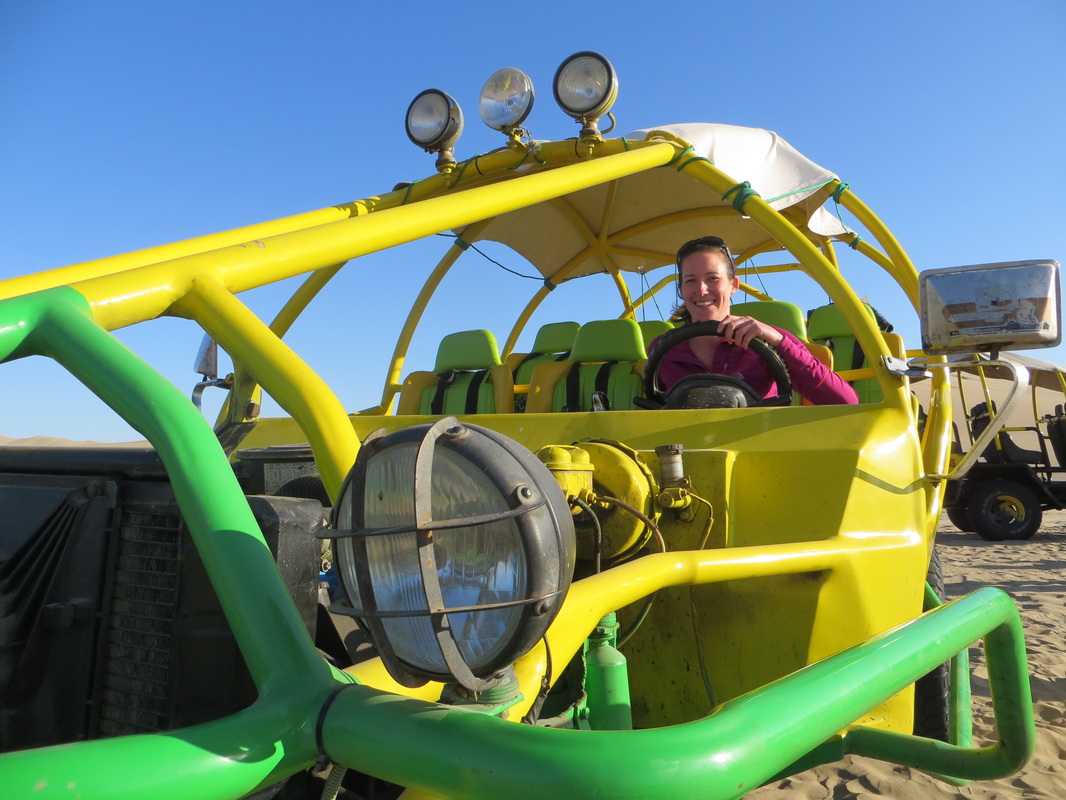
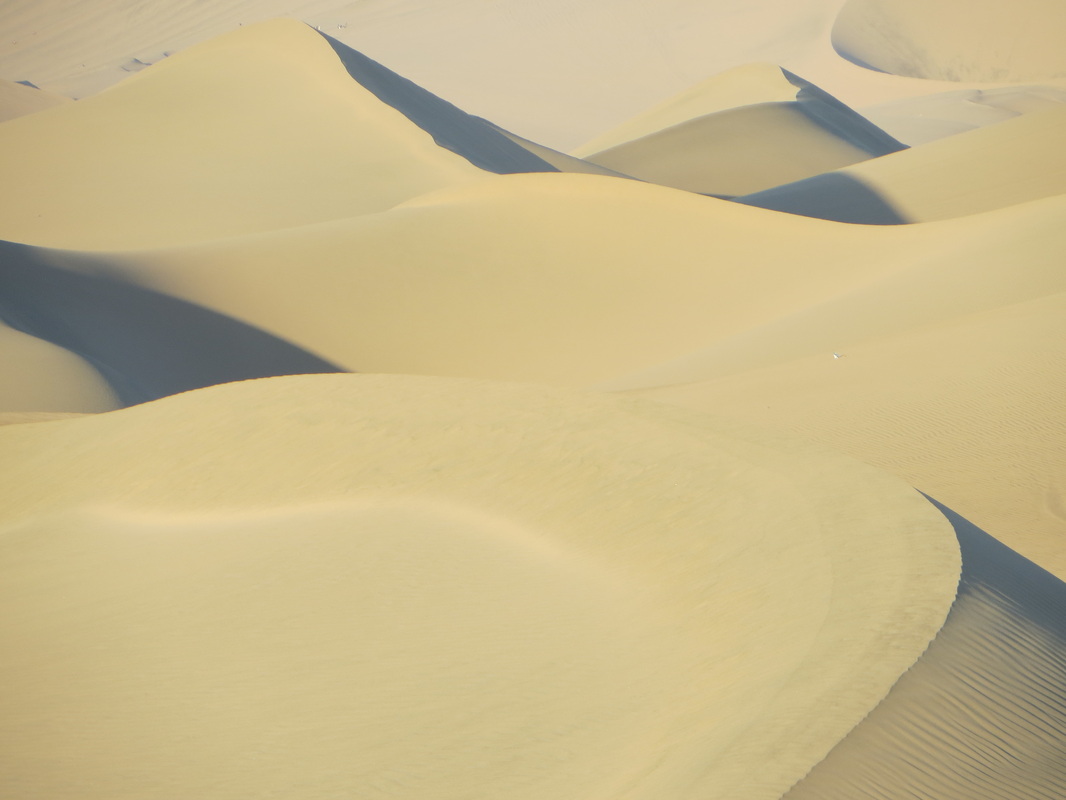
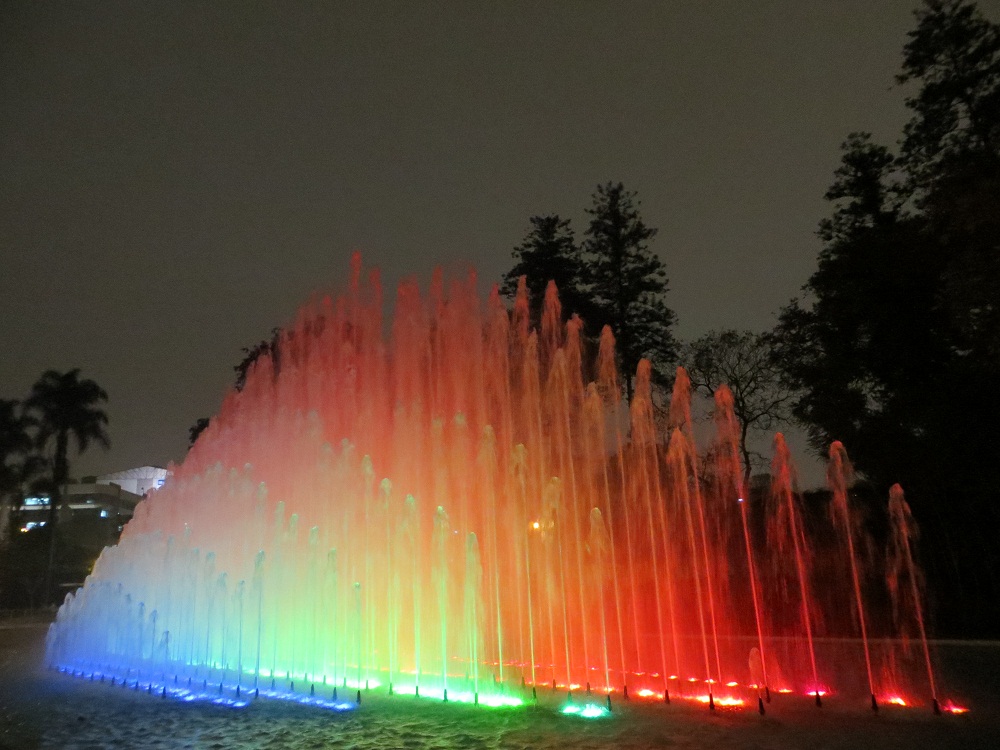





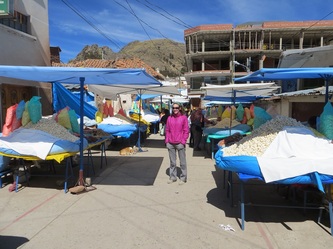

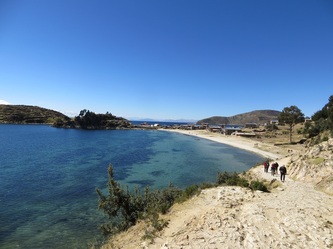
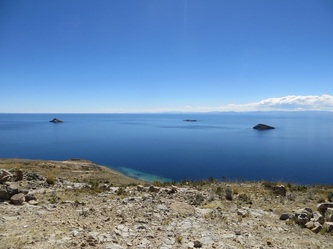


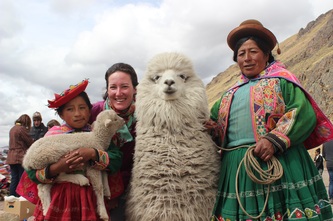
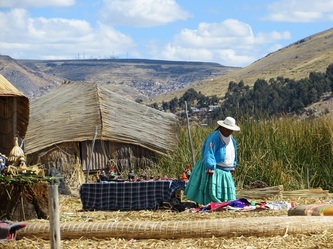
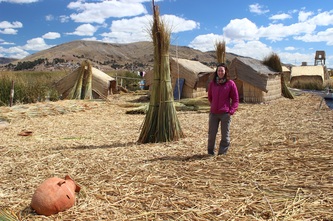

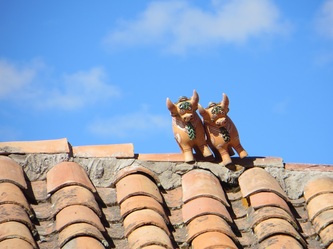

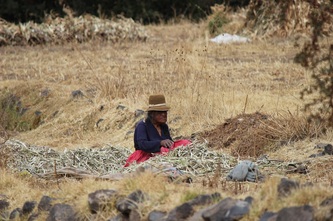
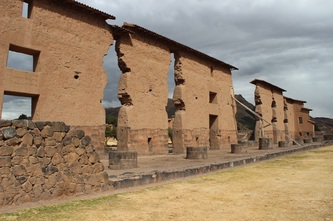
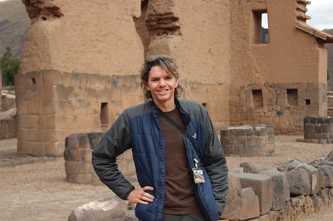
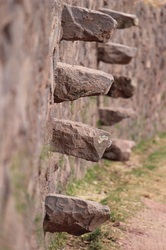
 RSS Feed
RSS Feed